5 Capital Trends to Watch in H2
It's not business as usual, but there are still opportunities, observes Shlomi Ronen of Dekel Capital.
Capital Markets Insights – June 2024

As we pass the halfway point of 2024 and look ahead to the next six months, there are five capital market trends that we expect to impact CRE activity through year-end.
Sponsor liquidity
The typical middle market value-add investor and developer are being pulled in many directions and seeing their liquidity dwindle. The causes of this are multifaceted: Capital calls are being unfunded by LP investors, projects are costing more and taking longer to complete, and the transaction/sales market is struggling to find its equilibrium. We expect this lack of liquidity to create more loan modification conversations, sales activity, as well as, demand for preferred equity and mezzanine debt.
Bank lending
While the large national backs continue to remain uninterested in commercial real estate balance sheet lending, regional and local banks will continue to fill the void in the next six months offering construction, bridge, and permanent loans. The product focus will remain on multifamily and industrial properties with openness to retail, manufactured housing, and self-storage. Office will typically remain a “quick No”.
Loan origination
While we are seeing a desire by the banks to lend, we have also noticed that the lending, specifically the origination process, is choppier than ever. So far this year, we have had multiple instances where origination teams are not in synch with credit and are having to either change terms they have quoted or turn down deals all together. A number of factors may be contributing here including 12 months of dormancy, changing regulatory pressure, and quite possibly the remote work environment. Nonetheless, we are having to qualify loan quotes more rigorously in order to mitigate this risk.
Recourse borrowing
Non-recourse construction lenders have capped out their leverage around 45 percent loan-to-cost or have pushed leverage to 65 percent to 70 percent loan-to-cost with higher (5.25 percent to 7.0 percent) spreads over SOFR. Through the rest of the year, borrowers needing to move forward with their development projects will need to provide recourse if they want to obtain 55 percent to 65 percent leverage at spreads ranging from 3.0 to 3.50 percent over SOFR. This is especially true with regional banks.
JV equity for development projects
Multifamily fundamentals are stabilizing in many markets throughout the country. This is creating an opportunity for developers to deliver housing into markets where supply will be thin by historical standards. The challenge with capitalizing development projects remains the lack of LP equity, especially institutional equity, willing to take development risk. This apprehension is rooted in a number of factors. JV equity investors are able to attain opportunistic returns in credit products (senior debt, mezzanine and preferred equity), the cost to build today is exceeding where stabilized Class A properties are currently trading in most markets, and JV Equity is looking for a minimum of 1.5 percent spread between un-trended yield on cost and current market cap rates. We expect this trend to continue through the end of the year.
This volatility and uncertainty in the capital markets should present investors and developers with unique challenges and opportunities that we typically do not see in a well-functioning “normal” capital commercial real estate market.
Shlomi Ronen is principal of Dekel Capital.


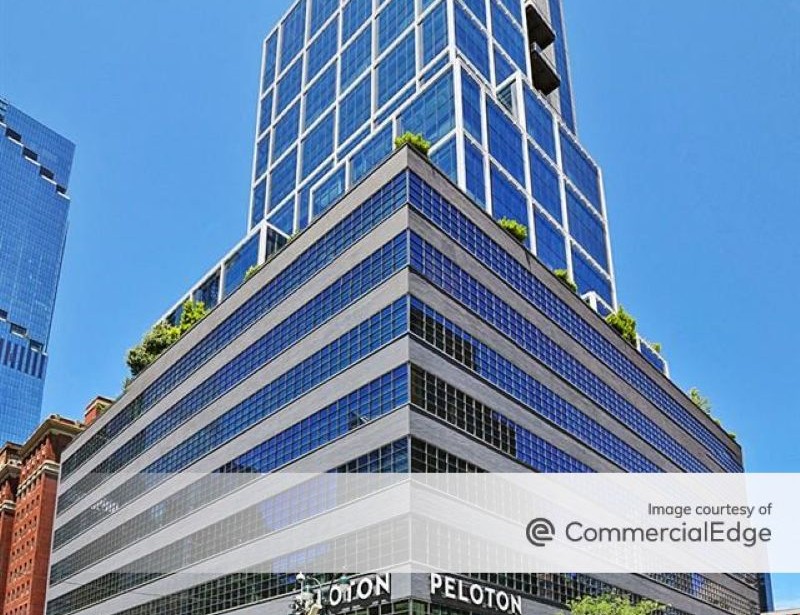
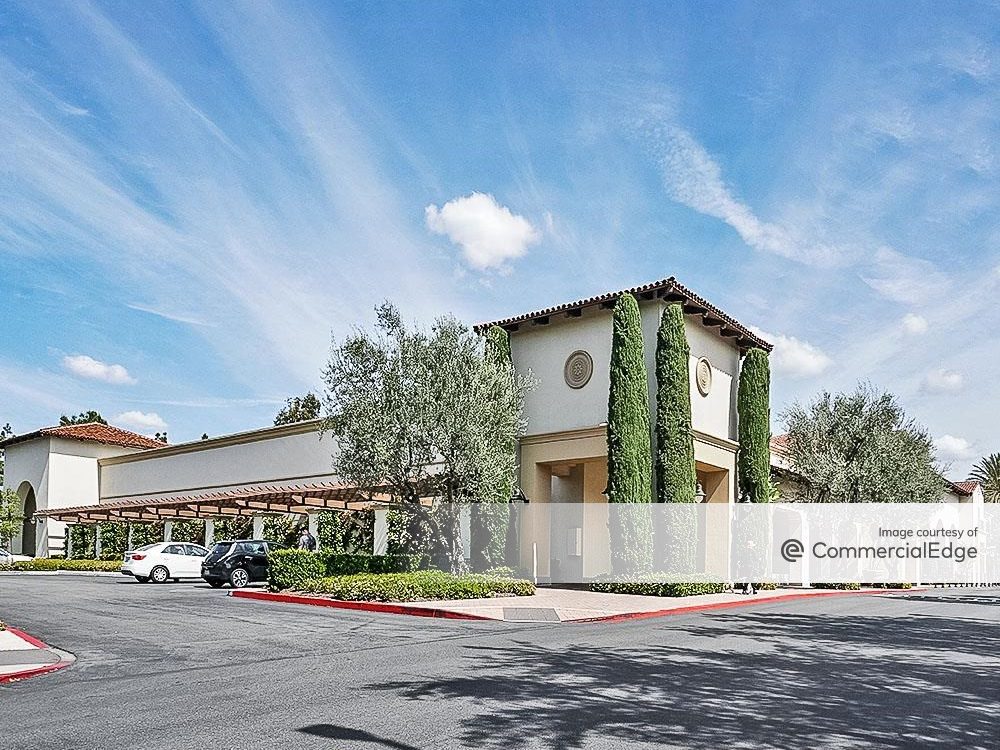
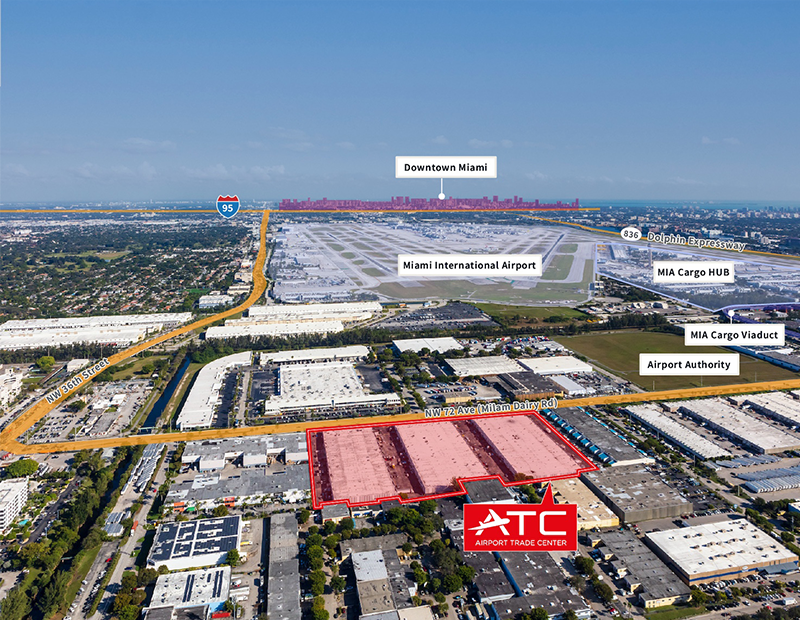
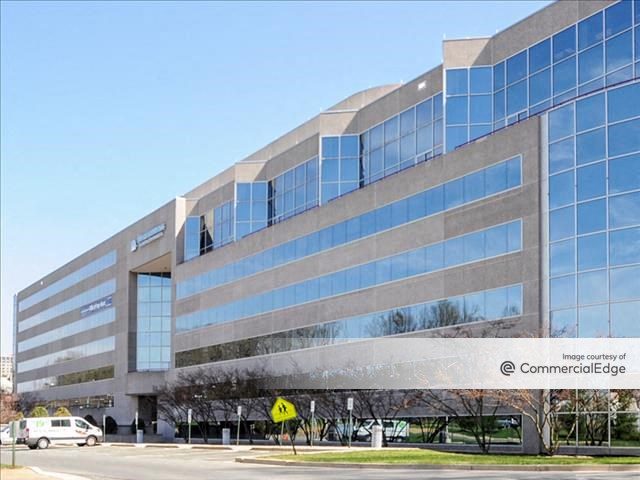
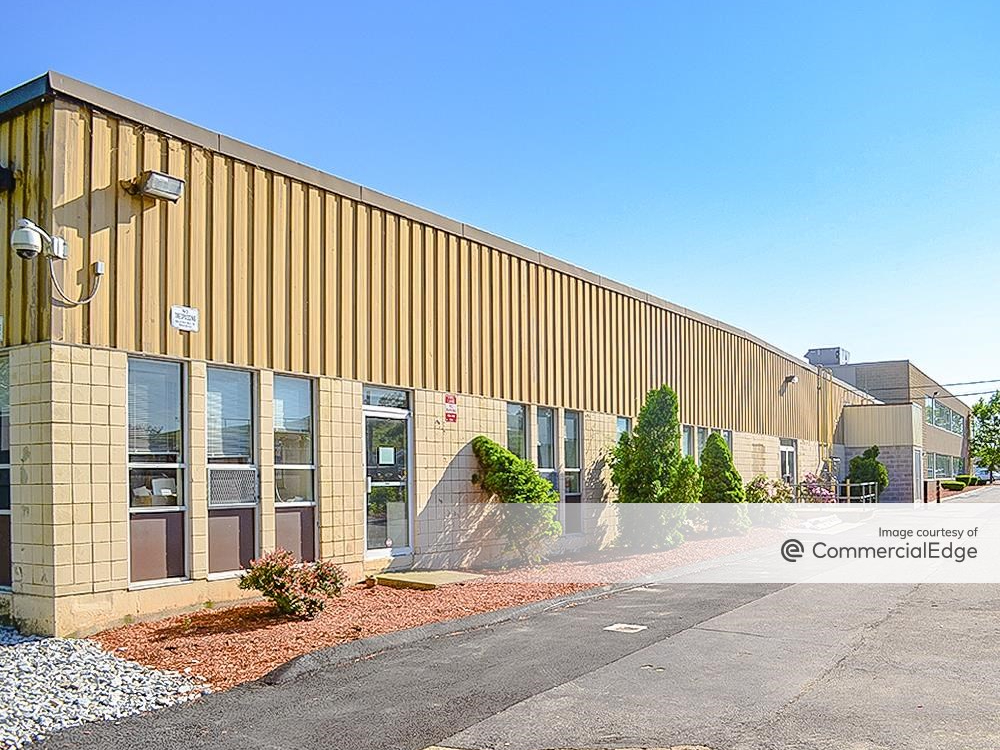
You must be logged in to post a comment.